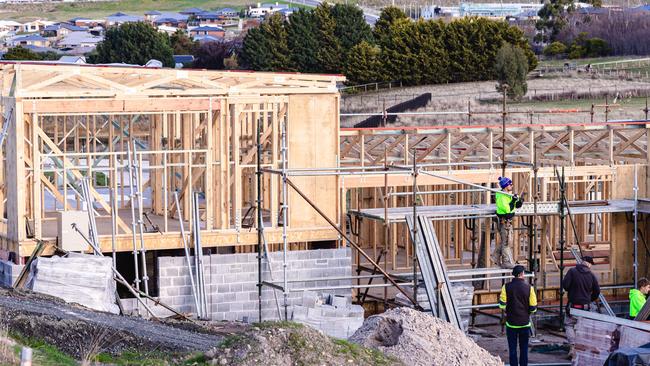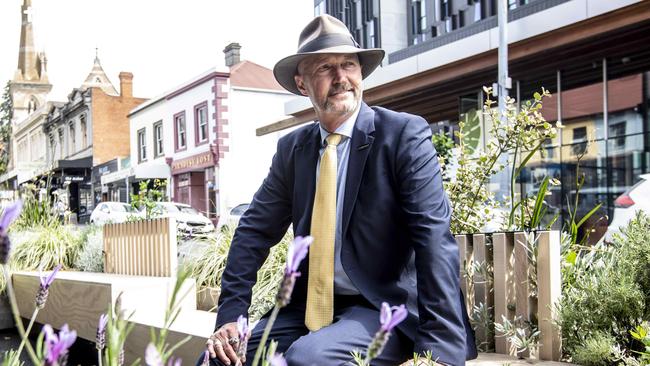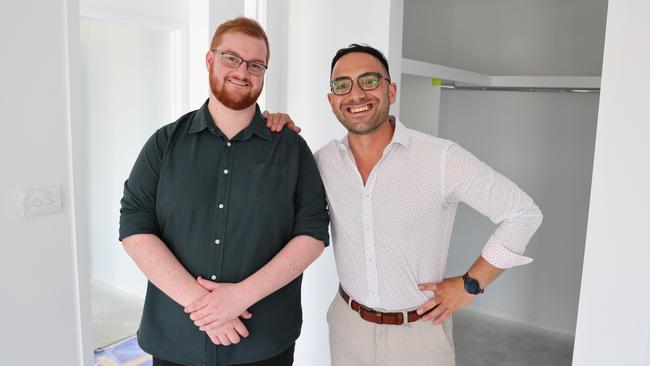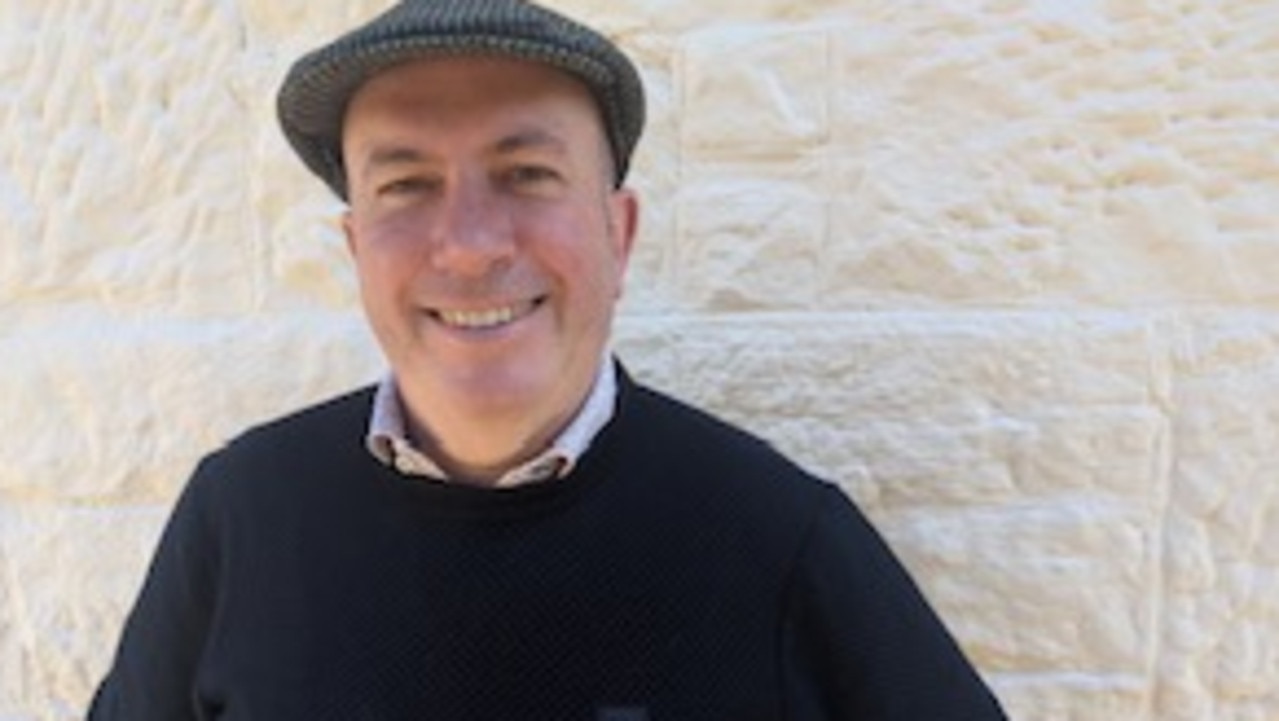Urban strategist Steven Burgess criticises Tasmanian government plan to extend Urban Growth Boundary
A proposal to facilitate the construction of 10,000 new homes on Hobart’s fringes will create new urban sprawl and have a “massive” economic cost, a leading urban strategist says.

Tasmania
Don't miss out on the headlines from Tasmania. Followed categories will be added to My News.
The Tasmanian government’s bid to facilitate the construction of 10,000 new homes on Hobart’s fringes will come with a “massive” economic cost in the long-term and make the city a less attractive place to live, a leading urban strategist says.
Housing and Planning Minister Felix Ellis is proposing to extend Greater Hobart’s Urban Growth Boundary under the Southern Tasmanian Regional Land Use Strategy.
He wants to add 615ha to the boundary, which would enable developers to build about 3827 dwellings in Clarence, 3499 in Sorell, 1856 in Brighton, and 588 in Margate.

Mr Ellis has said the extension of the boundary, which is currently out for consultation, would allow more Tasmanians to “realise the dream of home-ownership”.
“By unlocking more opportunities for homes to be built, we’re sending a message to home builders and developers far and wide: come and build your homes in Tasmania,” he said.
But Steven Burgess, the director of urban design consultancy Complete Streets, said the plan would worsen urban sprawl in the state capital and force people to live further away from services and amenities, ultimately hitting their hip pockets.
“The cities around Australia that have got the highest liveability score in the … Australian Liveability Census, not by coincidence, are the densest ones,” he said.
“Hobart’s got the lowest [score] and we’re going backwards. We were the only capital city that went backwards after Covid, so we’re more miserable now than we were then.
“We’re going about it the wrong way and this [proposal] will definitely make it worse.”
Mr Burgess said continuing to build large numbers of homes in outlying suburbs would make people more reliant on private cars, more lonely, and increase obesity rates.
He said the government should instead be encouraging higher density infill residential development closer to the city itself.
“If we’re making [cities] less loveable and less liveable, young people will stop coming and start leaving and pretty much everyone’s going to stop coming soon enough,” Mr Burgess said.
Parliamentary Secretary for Housing and Planning, Simon Behrakis, was spruiking the government’s MyHome shared equity housing scheme on Tuesday, saying almost 650 households had benefited from the program since its launch.

MyHome sees the government shared the upfront costs of home ownership, reducing mortgage repayments and the minimum required deposit to 2 per cent of the purchase price.
Mr Behrakis said new homes were needed in both inner-city areas and on the urban fringe.
“We do need to invest in growing housing supply in places like Rokeby, in places like Lauderdale and other regions like that, but at the same time enabling those that want to build high density in the city, growing that supply in the city so that there’s different housing options for people,” he said.
One first homeowner who has benefited from the MyHome scheme is Josh, whose new house is currently under construction at Rokeby.
“We’re 20 minutes from the mountain, from the beach, from farmland, and … I feel very, very privileged,” he said.
More Coverage
Originally published as Urban strategist Steven Burgess criticises Tasmanian government plan to extend Urban Growth Boundary





